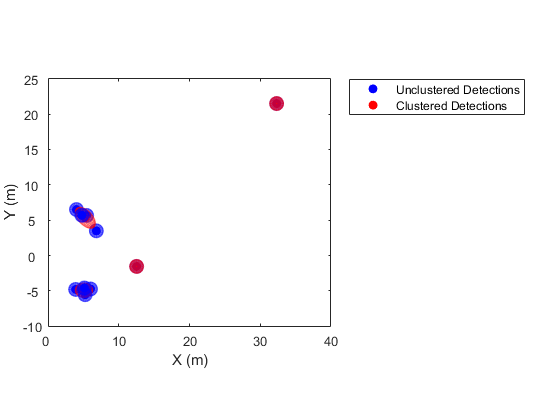主要内容
mergeDetections
将检测合并为集群检测
语法
描述
clusteredDetections= mergeDetections (检测,clusterIndex)时间,SensorIndex,ObjectClassID,MeasurementParameters,ObjectAttributes属性或字段。
clusteredDetections= mergeDetections (___MergingFcn =mergeFcn)
例子
输入参数
输出参数
另请参阅
介绍了R2021b

